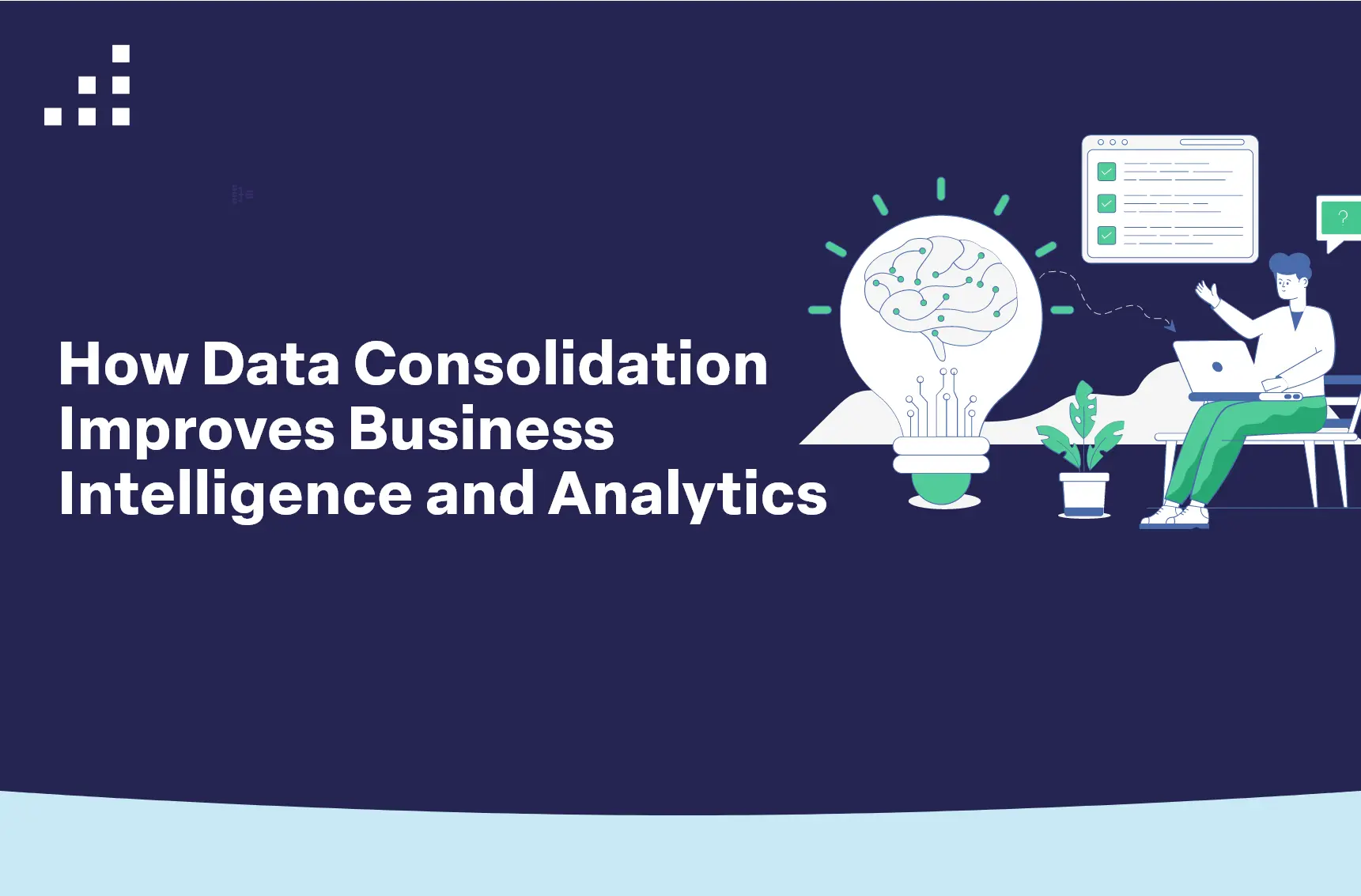Data is only as powerful as your ability to interpret it. That’s where business intelligence and analytics come in—turning raw data into insights that inform smarter decisions. But if your data is scattered across platforms, systems, and spreadsheets, even the most sophisticated BI tools will fall short.
The key to unlocking true value from business intelligence and analytics? Strategic data consolidation.
In this article, we’ll explore:
What Is Business Intelligence and Analytics?
The Role of Data Consolidation in BI and Analytics
How BUCS Analytics Elevates BI and Analytics Through Consolidation
Smarter Decisions Start with Smarter Data
What Is Business Intelligence and Analytics?
Business intelligence (BI) refers to the strategies and technologies used by companies to analyze business data and deliver actionable information to decision-makers. Analytics takes this a step further by uncovering trends, forecasting outcomes, and identifying areas of improvement.
Together, BI and analytics empower organizations to:
- Track performance across departments
- Spot inefficiencies or outliers
- Predict trends and customer behavior
- Drive revenue and optimize operations
The Role of Data Consolidation in BI and Analytics
To succeed with BI and analytics, you need a complete, accurate, and real-time view of your data. But for most companies, data lives in silos across finance systems, CRMs, ERPs, and spreadsheets. This fragmentation creates blind spots and slows down reporting.
Here’s how data consolidation makes a difference:
✅ Unified View of Performance
Bringing together operational, financial, and customer data into one platform allows you to evaluate performance holistically, instead of piecing together disconnected reports.
✅ Faster, More Reliable Reporting
Automated data consolidation eliminates manual exports and spreadsheets. This reduces reporting errors and enables teams to move from data gathering to data analysis.
✅ Deeper, Cross-Functional Insights
Consolidated data allows you to link KPIs across departments—for example, how marketing efforts impact revenue or how inventory affects cash flow.
✅ Real-Time Access to Data
Instead of waiting for month-end reports, teams can access real-time analytics to make faster, more informed decisions.
How BUCS Analytics Elevates BI and Analytics Through Consolidation
BUCS Analytics is built to help businesses modernize their data strategy by consolidating operational, financial, and customer data into one easy-to-use platform. It seamlessly connects to accounting systems, CRMs, ERPs, and more—eliminating data silos and enabling real-time data synchronization. With BUCS, users gain instant access to real-time analytics and automated alerts that highlight the most relevant business metrics.
Beyond visualization, BUCS enhances BI with robust Financial Planning & Analysis (FP&A) tools. From budgeting and forecasting to scenario modeling, BUCS enables teams to plan smarter and pivot faster. Its automated reporting features also eliminate repetitive tasks by pulling and formatting the right data without manual effort—allowing your team to focus on strategic decision-making rather than data wrangling.
Smarter Decisions Start with Smarter Data
Strong business intelligence and analytics don’t start with a dashboard—they start with the quality and accessibility of your data. BUCS Analytics ensures your data is consolidated, consistent, and ready to deliver insights that drive results.
Discover how BUCS Analytics transforms business intelligence and analytics through smarter data consolidation. Learn More at BUCS Analytics
